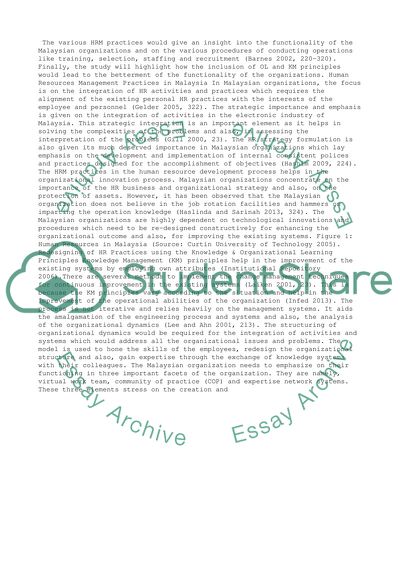Cite this document
(“How can HR management systems and practices in Malaysia businesses be Essay”, n.d.)
How can HR management systems and practices in Malaysia businesses be Essay. Retrieved from https://studentshare.org/management/1490600-how-can-hr-management-systems-and-practices-in
How can HR management systems and practices in Malaysia businesses be Essay. Retrieved from https://studentshare.org/management/1490600-how-can-hr-management-systems-and-practices-in
(How Can HR Management Systems and Practices in Malaysia Businesses Be Essay)
How Can HR Management Systems and Practices in Malaysia Businesses Be Essay. https://studentshare.org/management/1490600-how-can-hr-management-systems-and-practices-in.
How Can HR Management Systems and Practices in Malaysia Businesses Be Essay. https://studentshare.org/management/1490600-how-can-hr-management-systems-and-practices-in.
“How Can HR Management Systems and Practices in Malaysia Businesses Be Essay”, n.d. https://studentshare.org/management/1490600-how-can-hr-management-systems-and-practices-in.


